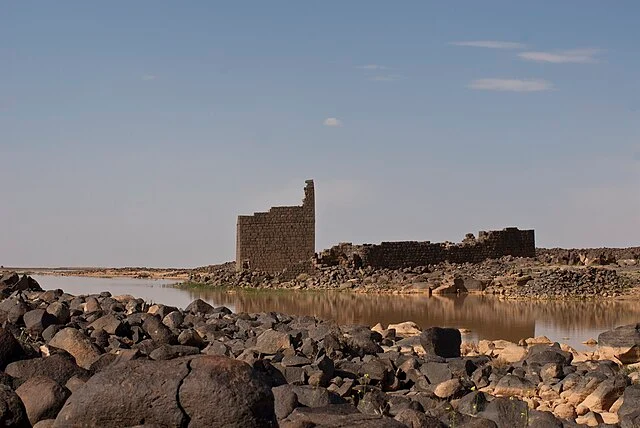Qasr Burqu’ is a site of significant historical and archaeological interest, located in the northeastern desert of modern-day Jordan. This ancient structure offers valuable insights into the region’s history, particularly during the late Roman and early Islamic periods.
Get your dose of History via Email
Location and Geographic Significance
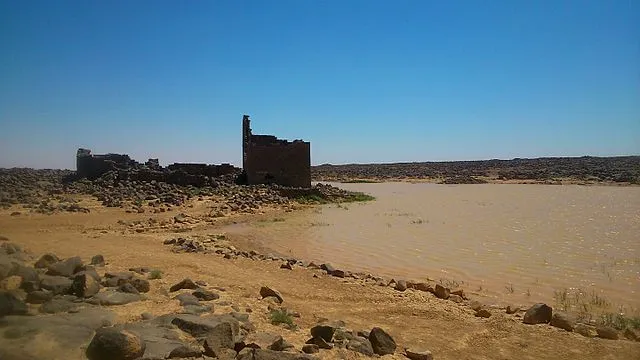
Qasr Burqu’ is situated in the arid steppe of the Basalt Desert, approximately 240 kilometers east of Amman. This strategic location places it within the vicinity of ancient trade routes that connected the Arabian Peninsula with the Levant. The proximity to these routes highlights its importance as a stopover point for travelers and traders traversing the harsh desert landscape.
Historical Background
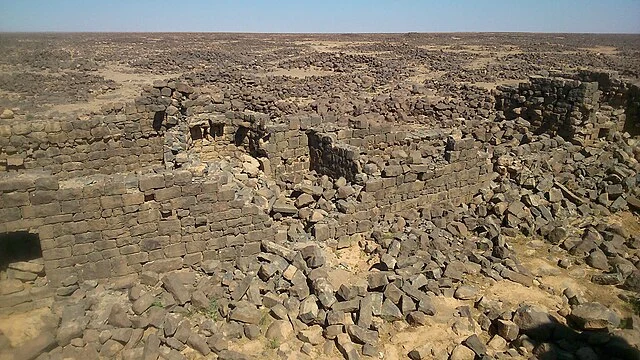
The history of Qasr Burqu’ extends back to at least the late Roman period. The site is believed to have been constructed around the 3rd century AD, during the reign of the Roman Emperor Philip the Arab (AD 244-249). Its initial purpose was likely to serve as a fortification, providing security for the Roman Empire’s eastern frontiers.
Later, in the 6th century AD, Qasr Burqu’ was adapted by the Ghassanids, an Arab Christian group allied with the Byzantine Empire. They transformed the site into a more substantial fortress, adding new features and enhancing its defensive capabilities. The Ghassanids used Qasr Burqu’ to protect their territory and monitor the movements of nomadic tribes in the region.
Architectural Features
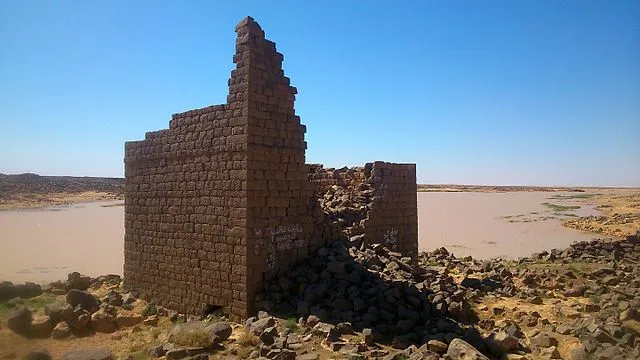
Qasr Burqu’ is characterized by its robust and utilitarian architecture, which reflects the site’s military function. The structure is built from large basalt stones, sourced from the surrounding desert. Its thick walls and limited openings suggest a focus on defense.
The site includes a rectangular enclosure with a central courtyard, surrounded by rooms and towers. These rooms likely served as barracks, storage facilities, and living quarters for the garrison stationed there. The presence of a water cistern, fed by a nearby spring, underscores the importance of Qasr Burqu’ as a secure water source in an otherwise arid environment.
Role in the Early Islamic Period
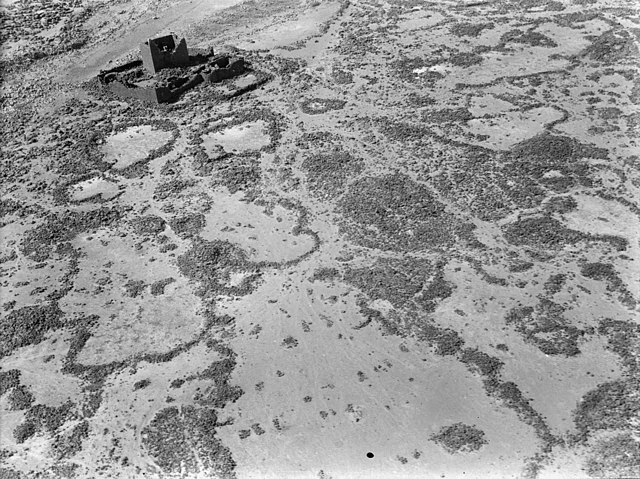
With the advent of Islam in the 7th century AD, Qasr Burqu’ continued to play a significant role in the region. The Umayyad Caliphate, which ruled from AD 661 to 750, made use of the site as a hunting lodge and a place of retreat. The caliphs, who were known for their love of the desert, appreciated Qasr Burqu’ for its isolation and proximity to game.
During this period, additional modifications were made to the structure, including the construction of a mosque within the enclosure. This mosque, though small, is one of the earliest known examples of Islamic religious architecture in Jordan. Its presence at Qasr Burqu’ highlights the site’s continued importance through changing political and religious landscapes.
Archaeological Investigations
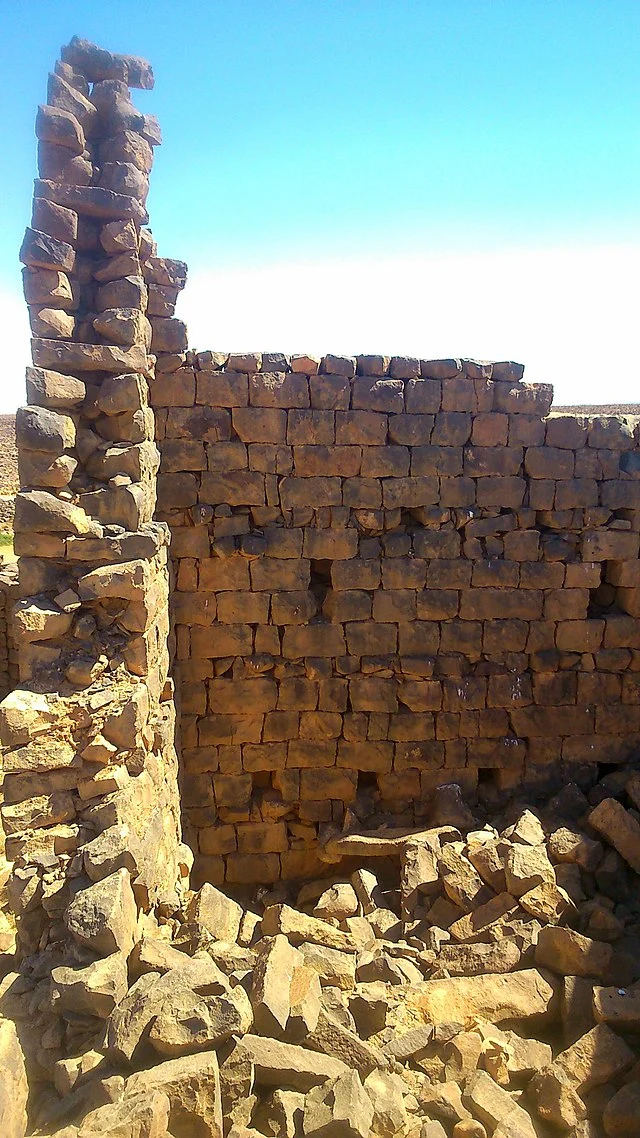
Archaeological interest in Qasr Burqu’ began in the 20th century, with several surveys and excavations conducted by both Jordanian and international teams. These investigations have provided valuable insights into the site’s construction, use, and significance over time.
Artifacts recovered from Qasr Burqu’ include pottery, coins, and inscriptions, which have helped to date the site and understand its historical context. The discovery of Roman and Byzantine coins, in particular, supports the hypothesis that Qasr Burqu’ was in use during these periods.
Conclusion
Qasr Burqu’ stands as a testament to the rich and complex history of the eastern Jordanian desert. Its origins as a Roman fort, adaptation by the Ghassanids, and continued use during the early Islamic period reflect the site’s enduring strategic importance. Today, Qasr Burqu’ remains a valuable archaeological site, offering scholars and visitors alike a glimpse into the region’s past. Its study contributes to a broader understanding of the historical dynamics of Jordan and the broader Levant.
Source:

